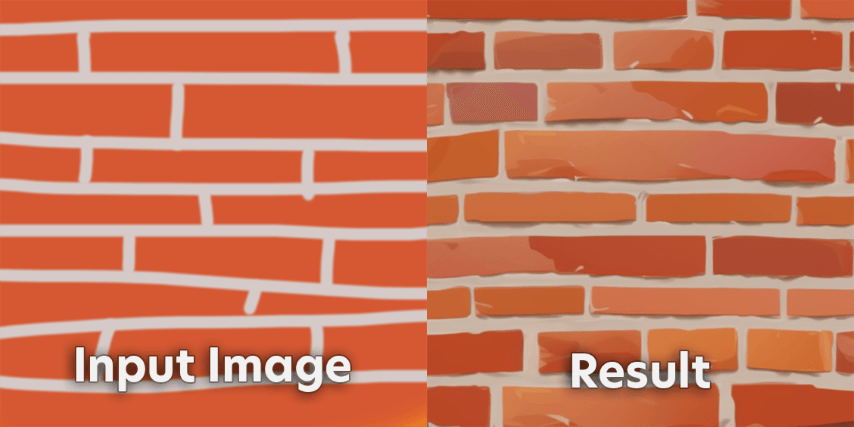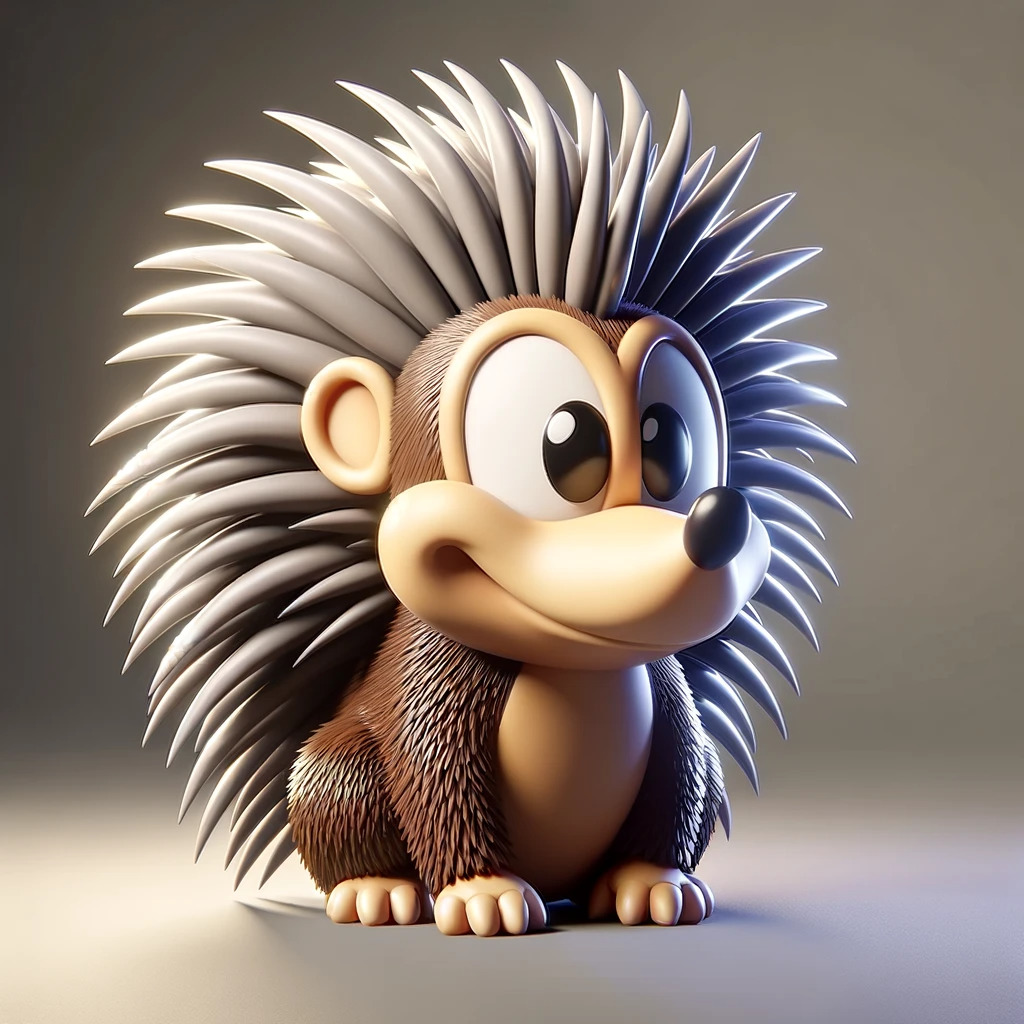
In the thriving domain of 3D modeling and game development, staying ahead of the curve with innovative tools is pivotal. Among the groundbreaking advancements, the integration of Artificial Intelligence (AI) has been a game-changer, and Stability for Blender stands as a testament to this blend of creativity and technology.
Stability for Blender,
Stability.ai recently unveiled Stability for Blender, a free add-on that seamlessly incorporates Stable Diffusion, an open-source AI image generation model, into Blender— a widely favored free 3D modeling software among game developers and 3D artists. This integration not only demystifies the realm of AI but also significantly augments the creative process.
Image to Texture
One of the remarkable features of Stability for Blender is its capability to convert existing images into textures or employ a 3D scene to guide the image generated. This transcends the conventional boundaries of 3D modeling, opening a plethora of possibilities for artists and game developers. It also paves the way for rendering out entire Blender animations while tweaking the Stable Diffusion parameters, thereby crafting stylized motion-graphics-style effects that can be instrumental in game design and cinematic sequences

An example from stability Ai’s documentation
Moreover, the add-on provides a user-friendly platform for artists to create images using text descriptions directly within the software, a feature that traditionally necessitated a web interface. The 3D scene in Blender guides the image that Stable Diffusion generates; this novel workflow essentially morphs Stable Diffusion into an AI render engine. It empowers users to swiftly explore different aesthetic perspectives for a scene or utilize simple blocking geometry to churn out detailed concept art or illustrations, choosing from a gamut of preset styles within the user interface.
Besides, the ability to convert simple guide images into diffuse textures within Blender or even stylize entire animations adds another feather to its cap. This functionality enables the creation of unique, visually compelling textures and animations which can significantly enhance the visual narrative of a game or a 3D project.
The official endorsement and release of Stability for Blender by Stability.ai signify a forward step in fostering a conducive ecosystem for the integration of AI in 3D artistry and game development. While there are other free plugins like AI Render that also bridge Stable Diffusion with Blender, the official version— Stability for Blender— comes with the backing and continuous development from Stability.ai, ensuring a more robust and feature-packed toolset.
No Blender? No problem.
Some free text-to-video generators are available from sites like Runway.ml where you recieve free generations upon signing up (not affiliated). Here is an example I made in a few minutes with the prompt below:

Photo of a 3D model of a porcupine character designed in the style of Donkey Kong Country for the SNES. The porcupine has exaggerated features with a friendly demeanor, large eyes, and a snout. Its quills are stylized and simplified to match the aesthetic of 1990s pre-rendered graphics, with clear but limited textures that suggest a lower resolution, akin to early 3D video games. The lighting is soft and artificial, reminiscent of how characters were illuminated in Silicon Graphics workstations of the era. The background is a simple gradient, ensuring the porcupine is the focal point.
Stability for Blender is not merely an add-on; it’s a robust bridge to the expansive potential of AI for game developers and 3D artists. By embracing this tool, you might be making your projects more engaging and visually stunning. The fusion of AI and 3D modeling through Stability for Blender is indeed a stride towards a future where technology amplifies creativity, rather than replace it.

